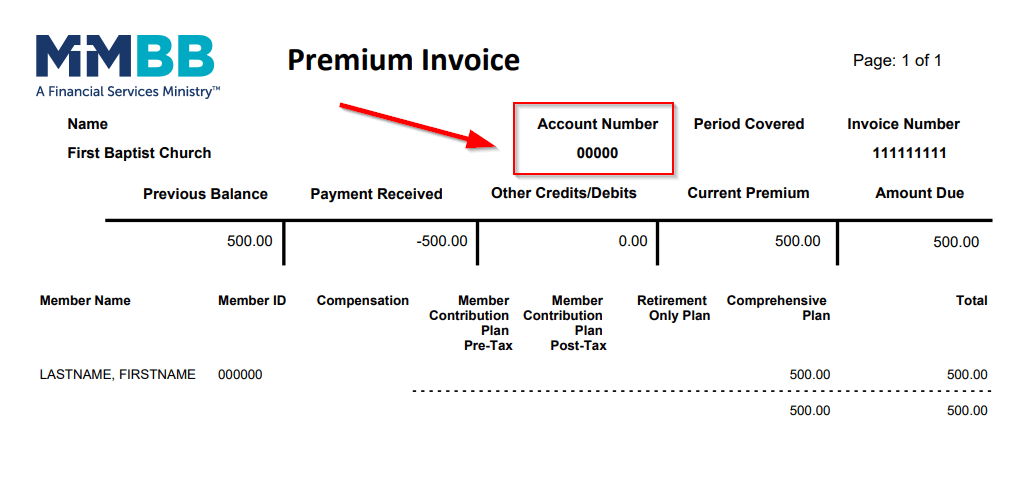Saving for College 101 – 529 Plans and More - Part 1
College is expensive and it seems to get pricier and pricier every year. In the 2021 Trends in College Pricing and Student Aid Report, the College Board reported that from 1991 to 1992 and 2021 to 2022, the average four-year public college’s tuition and fees more than doubled, and private institutions almost doubled in price.
From 2022 to 2023, average estimated budgets (tuition and fees, room and board, and allowances for books and supplies, transportation and other personal expenses) for full-time undergraduate students are:
- for public four-year in-state students, $27,940
- for public four-year out-of-state students, $45,240
- and $57,570 for private nonprofit four-year students. See an average estimated budget chart (Trends in College Pricing 2022 Presentation, page 3 (collegeboard.org)).1
Most parents aim to help their children with the cost of an education, so they can graduate from college debt free. There are several vehicles you can choose to invest for college savings. In the first of a two-part series, we share best practices to consider and the first of three college saving options. Let’s start with some saving guidelines.
- Start early – the sooner you start saving for college, the more time and opportunities your investments will have to grow. At an assumed 6 percent average after-tax return, if you save $100 a month for 15 years, you would have almost $30,000 in your child’s college fund. But if you start saving five years later, then you will need to save $177 a month to have the same amount of money over just 10 years.2
- Set clear savings goals - every dollar you save is one dollar less your student or you will need to borrow and repay with added interest.
- Make automatic contributions – set up automatic contributions on a regular basis from your paycheck or recurring bank transfers, whether it is $100 a month or $500 a month. This routine of saving keeps your investing on track and eliminates the temptation to try to time the market.
- Be mindful of the risk – the younger the child, the more you may want to consider more aggressive investments, but you may want to move out of those higher-risk investments and into lower-risk ones as your child’s college start date inches closer. The reasoning: you may not have enough time to recover from a market downturn before the tuition comes due. Please consult with your financial planner to assess your personal portfolio.
College Savings Options
There are several options to choose from when saving for college. CDs, regular savings accounts and money market funds can be a good place to park your short-term savings. However, they may not be a suitable long-term strategy for college savings because their rates of return won’t help with college inflation, and they don’t offer any tax advantages for college savers. Please consult with your financial planner to assess your personal financial portfolio.
To get ahead in the college savings game, you should consider using strategies that offer some type of federal tax advantage if they are used to save for college: 529 plans, Coverdell Education Savings accounts and Roth IRAs.
The first option we will discuss is a 529 Savings Plan, an investment account that offers tax benefits when used to pay for qualified education expenses for a designed beneficiary.
There are two types of 529 plans: college savings plans and prepaid tuition plans.
- Prepaid tuition plans: they let you plan all or part of the costs (tuition and fees only typically) of an in-state public college education. The plan locks in the current rate of tuition when your child or grandchild is born, allowing them to avoid the massive price increase due to college inflation by the time they start college in 18 years. They may be converted for use at private and out-of-state colleges, may be transferred to siblings of the beneficiary (but with age restrictions), and with most plans, if not needed, the state may only return the money you contributed to it (not any interest you’ve earned), sometimes even with a cancellation fee.
- 529 college savings plan: they allow you to choose an investment portfolio to grow money for your child’s future educational expenses. The account will go up or down in value based on the performance of the investment options you select. You can open a direct-sold 529 plan by applying on the plan’s website. Direct-sold plans offer lower fees than advisor-sold plans, but the account owner is responsible for selecting the investments. Advisor-sold 529 plans are available through licensed financial advisors. Let’s look at 529 Plan features in depth.
Some characteristics of a 529 College Savings Plan include:
- It is a tax-advantaged account: you make after-tax contributions to the plan, the investments grow on a tax-deferred basis, and the withdrawals will be tax-free if the money is used to pay for qualified higher education expenses, apprenticeships, up to $10,000 per year in private K-12 educational expenses, and repayment of up to $10,000 in lifetime student loans for the beneficiary and their siblings. For students attending a post-secondary institution, the qualified education expenses definition was expanded recently to include: tuition, fees, books, materials, room and board, computers and related equipment, internet access and special-needs equipment.
- Each 529 plan varies from state to state. More than 30 states offer state income tax deductions and state credits for 529 contributions if you are a resident of that state. It’s important to look at the investment options, fees, and historical performance each plan offers, before you choose the right plan for you. You are not limited to using your home state’s plan but will only receive state income tax deductions or credits if you are a state resident.
- There is no income restriction for contributing to a 529 account.
- There is no age limit for distributions (in most states). If your 33-year-old decides to go to grad school, or if you want to further your own education, you can use money from a 529 account.
- You can use your education savings to pay for college cost at any eligible institution, including more than 6,000 U.S. colleges and universities, and more than 400 international schools.
- 529 account funds can be rolled over to a 529 ABLE account, a savings account specifically for people living with disabilities.3
Watch for part two in this series next month. We'll share information about Coverdell Education Savings Accounts and Roth IRAs.
1. https://research.collegeboard.org/trends/college-pricing
2. These numbers are presented for illustrative purposes only.
3. https://www.savingforcollege.com/








 Next
Next



